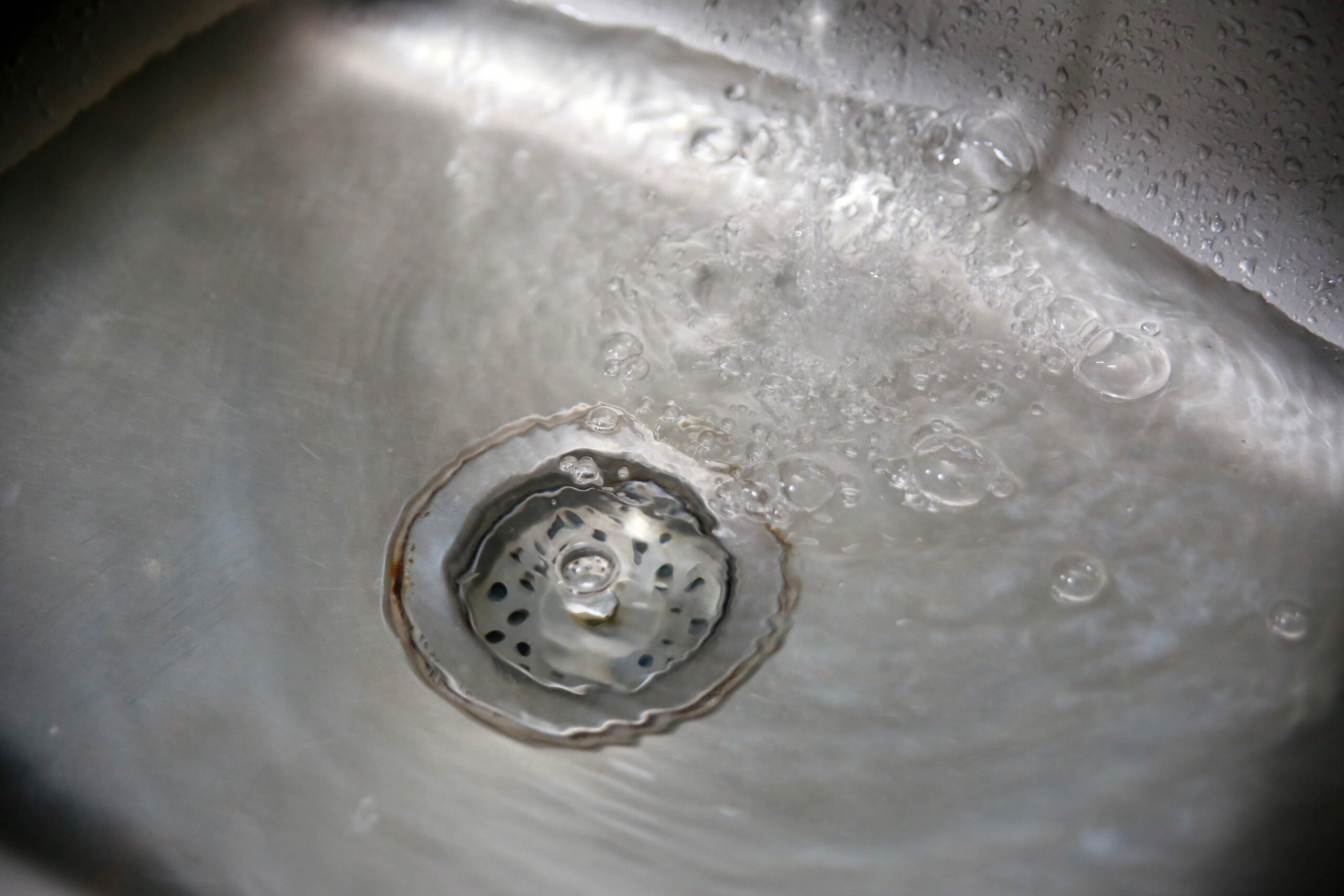Any blocked drain, whether in the bathroom or the kitchen, is a major pain. You shouldn’t put it off for too long, should you accidentally flood your floor or be without running water for too long in your bathroom. Who then is responsible, homeowners or renters?
Sometimes it’s not as easy as pie to unclog a drain. Here are some things to try before you contact a plumber:
Flush with Boiling Water
Boiling some water and pouring it down the drain is one of the simplest and first things to try. While it won’t work on stubborn clogs made of grease or solid debris, a good flush with hot water should do the trick for minor clogs that are causing your drain to run slowly. Before you flush with water, make sure the sink or tub is completely empty.
Warning: metal pipes are the only ones that will benefit from the boiling water method. Water temperatures over 175 degrees can cause PVC pipe joints to become pliable or even melt. Avoid using water that is boiling and instead use hot water, or water that is the temperature your faucet typically produces, if you are unsure.
Make Your Own Drain Cleaner
Only specific types of blockages may be removed by using various drain cleaners. Although many plumbers would advise against using commercial drain cleaning till all other options have been exhausted, you might always grab a bottle and give it a go. Make your own drain cleaner with baking soda and vinegar if you know that grease is the culprit.
Although the recipe for baking soda drain cleaning is detailed on the excellent blog Bonzai Aphrodite, all you have to do is pour half a cup of baking soda down the drain as far as it will go. Next, whisk in half the vinegar.
Be cautious; it will bubble and fizz; to redirect as much of the fizzing as possible away from you, seal the drain or cover it. You may skip this step and flush the toilet immediately after adding vinegar if you’re using a toilet. After a little while, pour in the remaining vinegar. After half an hour (or more time if available), pour hot water down the drain to rinse everything out.
Another option, while not quite as strong, is to take a couple of Alka-Seltzer pills.
Plunge it
When a drain becomes clogged, knowing how to manage a household plunger becomes necessary, albeit no one enjoys doing it. You may begin plunging away using a cup plunger, which is a common home item. Place it on top of the drain in your sink or bathtub. To get the most out of it, place a duct tape strip over the overflow hole in your sink or tub. Instead of going out the overflow, the air or water will be forced into the blockage as it goes down the drain.
Another option is to use an empty juice or milk carton—just turn it upside down over the drain and push it to release air from the carton—instead of a cup plunger. This will have a similar effect. It may be able to remove a little obstruction.

But a different instrument is required for toilets. You can get flange or toilet plungers at any hardware shop; cup plungers aren’t designed to fit into the tight space of a toilet’s drain. The overflow drain of a toilet is designed to keep water contained, but if your toilet becomes blocked, the flange plunger is your best chance to clear the drain. Before you begin, double-check that the plunger and the drain hole are securely sealed.
Build or buy a drain snake
If you want to take your drain cleaning game to the next level, you may visit a department shop and get a tiny pipe cleaner or drain snake. Try to break through or remove the obstruction using these tools. To clear a hair-clogged drain, this is a lifesaver. For smaller obstructions, you might use the FlexiSnake Drain Millipede, which is available on Amazon for $5.28.
Another option is to construct your own little snake or snake the drain using a wire coat hanger. In order to avoid accidentally damaging the pipes or drain you are attempting to unclog, exercise extreme caution while making or using this gadget. You may use air pressure to clear your drain using a plastic bottle or an empty milk carton, or you can make your own drain de-clogger out of a plastic bottle if you’re in the inventive mood.
Remember that handmade snakes and store-bought snakes aren’t designed to tackle heavy-duty, deep-in-the-wall grease jams; they’re meant for smaller clogs. However, you should give them a shot if you ever get a hair clog or lose a bar of soap in the sink or shower.
Handheld drain augers are available for purchase if you prefer a more hands-on approach. These augers are essentially a lighter, hand-operated alternative to the power snakes used by plumbers. If you suffer from clogged or slow drains frequently, you will be relieved to know that they are affordable (several cost under $20) and practical to have on hand.
When All Else Fails
While chemical drain cleaners are an option, they aren’t always the best choice, and they could even cause more problems than they solve. Plus, they’re not exactly eco-friendly. To make matters worse, chemical drain cleaners aren’t particularly good at unclogging the kinds of obstructions that would normally necessitate the use of a plunger or snake. If they don’t work, you’ll have a clogged toilet or sink that’s also full of drain cleaner. Nobody desires that.
You should contact a plumber if the aforementioned solutions do not resolve the problem. Maybe there’s a blockage deep within your walls, or maybe there’s a backup that most common home tools can’t reach. Hire experts if you want your pipes fixed.
December 6, 2023

